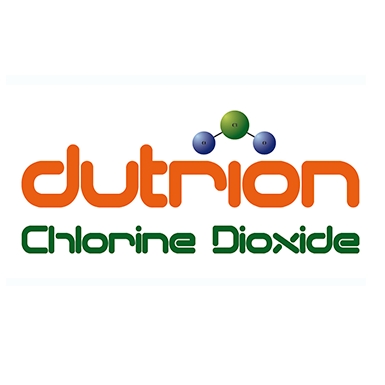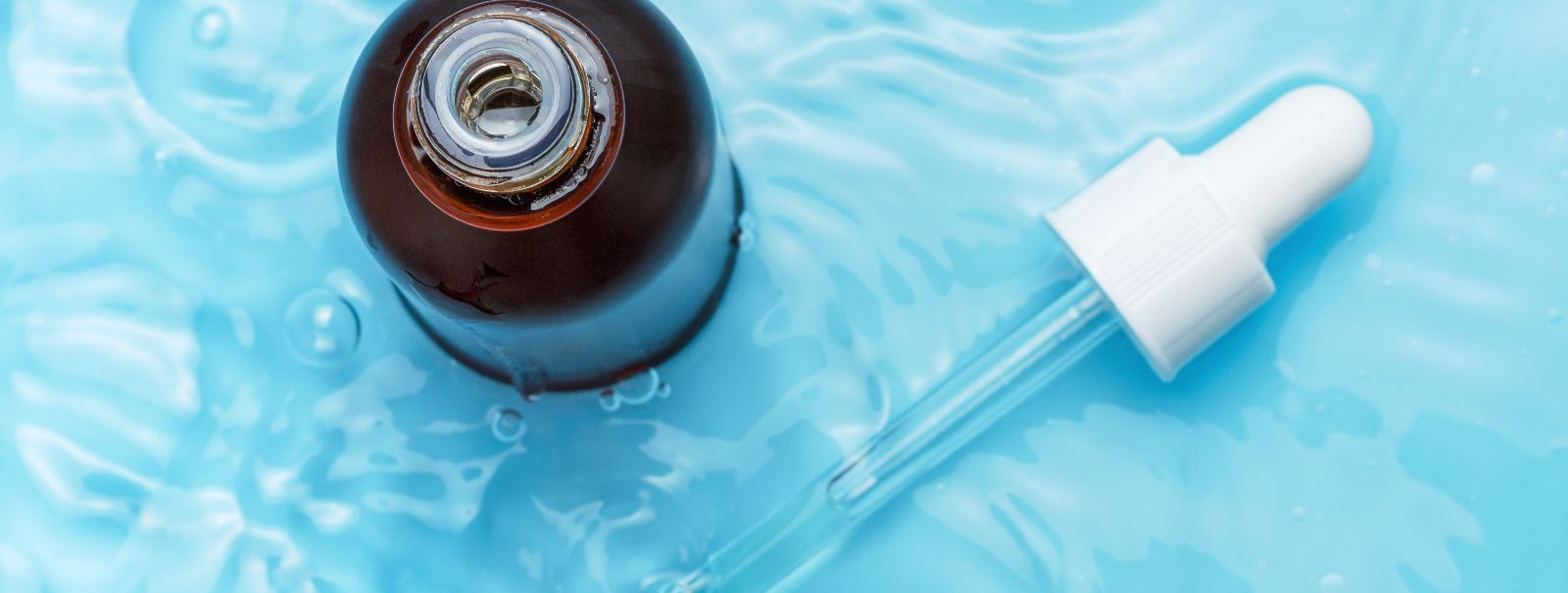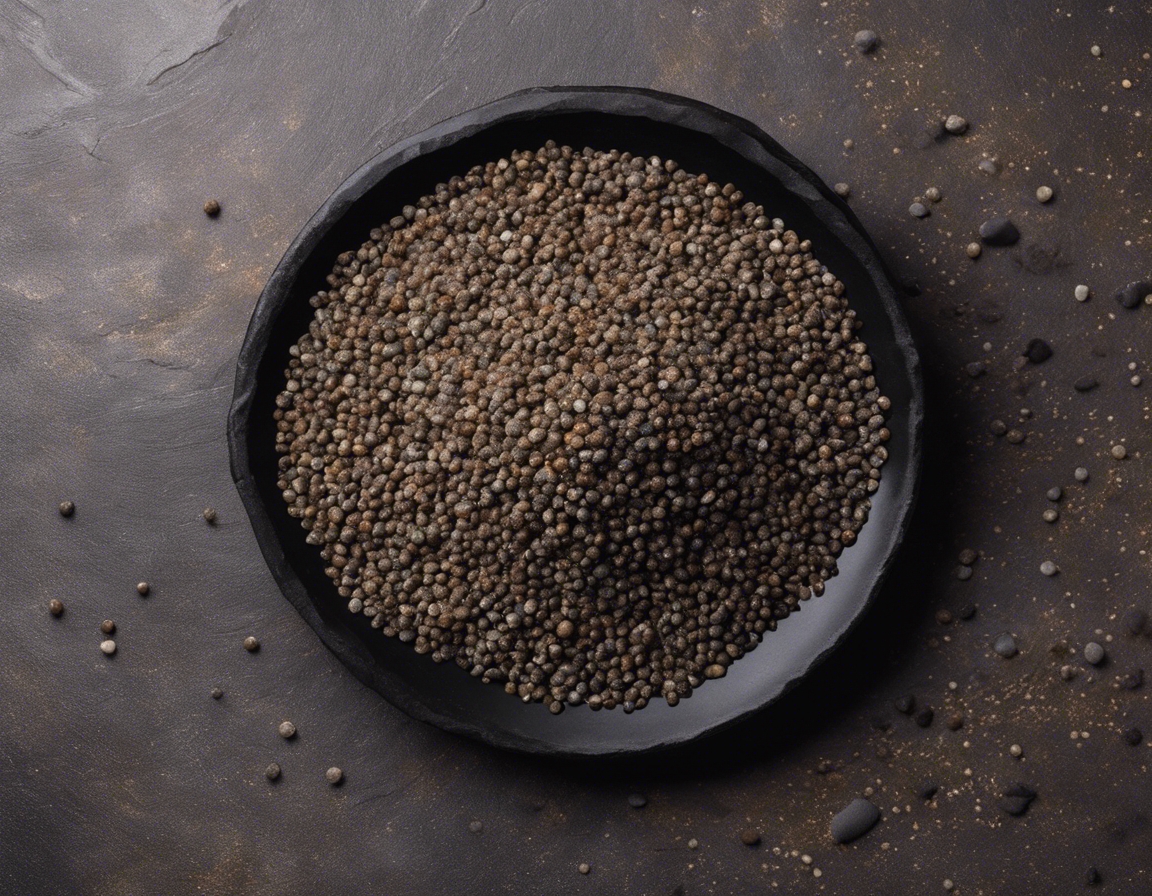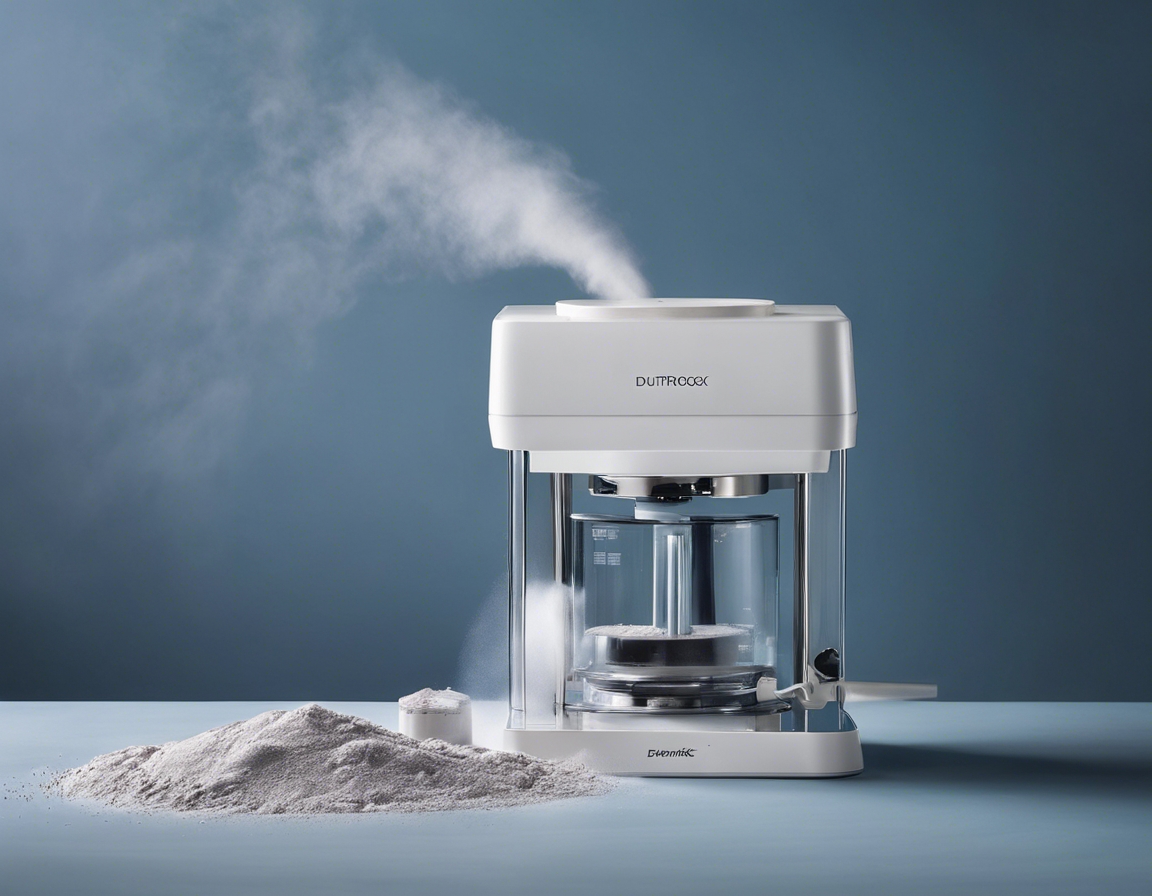Understanding the science behind chlorine dioxide disinfection
Chlorine dioxide (ClO2) is a yellow-green gas with a distinctive odor, recognized for its potent disinfectant properties. Unlike elemental chlorine, chlorine dioxide is a chemically stable radical, which allows it to be an extremely effective oxidizing agent. It is soluble in water and can be used in various concentrations to address a wide range of disinfection needs.
First discovered in the early 19th century, chlorine dioxide has been used as a disinfectant since the 1940s. Its applications have expanded from water treatment to food processing, healthcare, and agricultural industries, among others. Today, it is valued for its ability to eliminate a broad spectrum of pathogens without forming harmful by-products.
The Chemistry of Chlorine Dioxide Disinfection
While both chlorine and chlorine dioxide are used in disinfection, they differ significantly in their chemical behavior. Chlorine can form trihalomethanes (THMs) and other disinfection by-products (DBPs) when reacting with organic matter, which are potential health hazards. Chlorine dioxide, on the other hand, does not chlorinate organics and thus minimizes the formation of these harmful compounds.
Chlorine dioxide works by penetrating the cell walls of microorganisms and disrupting their metabolic processes. It effectively inactivates bacteria, viruses, and protozoa by oxidizing the structures within the cells. This mode of action is less likely to allow for the development of resistant strains, making it a superior disinfectant in many respects.
Benefits of Chlorine Dioxide in Disinfection
Chlorine dioxide is highly effective against a wide range of pathogens, including those that are resistant to other disinfectants. It is capable of destroying biofilms, which are protective layers that harbor bacteria, and it is effective at lower concentrations and contact times compared to other disinfectants.
As an eco-friendly disinfectant, chlorine dioxide breaks down into benign by-products, namely chloride ions, oxygen, and water. This decomposition makes it a preferred choice for environmentally conscious industries. Additionally, it is less corrosive than chlorine and can be safely used on a variety of surfaces and systems without causing damage.
Chlorine dioxide's versatility makes it suitable for a multitude of applications. In the agricultural sector, it is used to sanitize water systems, disinfect equipment, and prevent the spread of diseases among livestock. Food processing industries utilize it to ensure food safety by reducing microbial contamination. Water treatment facilities employ chlorine dioxide to provide clean drinking water, and healthcare providers use it to sterilize medical equipment and surfaces.
Implementing Chlorine Dioxide Disinfection
Implementing chlorine dioxide disinfection requires careful consideration of preparation and dosage. The gas can be generated on-site through chemical reactions and must be accurately dosed to achieve the desired level of disinfection while maintaining safety standards.
Continuous monitoring and control are essential to ensure the efficacy of chlorine dioxide disinfection. Parameters such as pH, temperature, and concentration need to be managed to maintain optimal disinfection conditions.
Adhering to regulatory standards is crucial for industries using chlorine dioxide. Guidelines from organizations such as the EPA and WHO dictate safe usage levels and best practices to ensure public health and environmental safety. Companies must stay informed and compliant with these regulations to effectively utilize chlorine dioxide disinfection.






Comments (0)